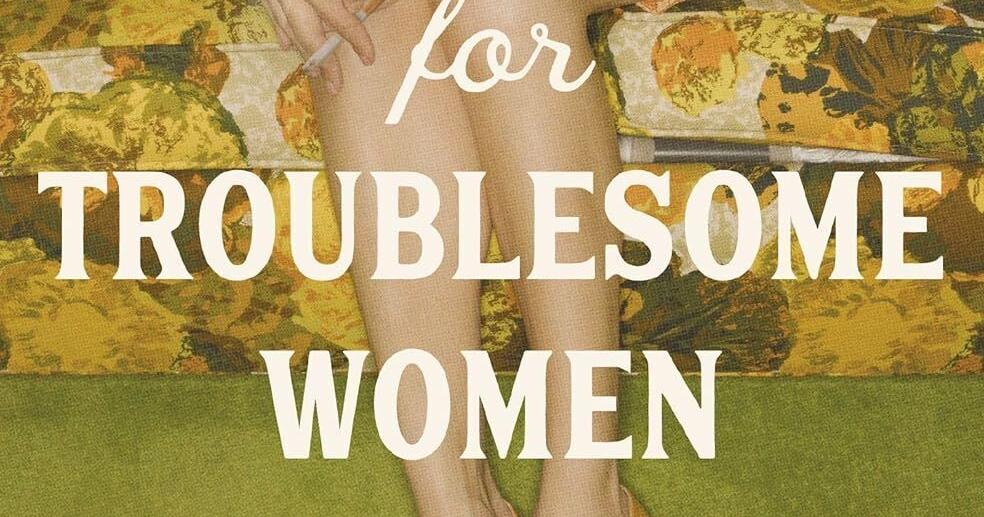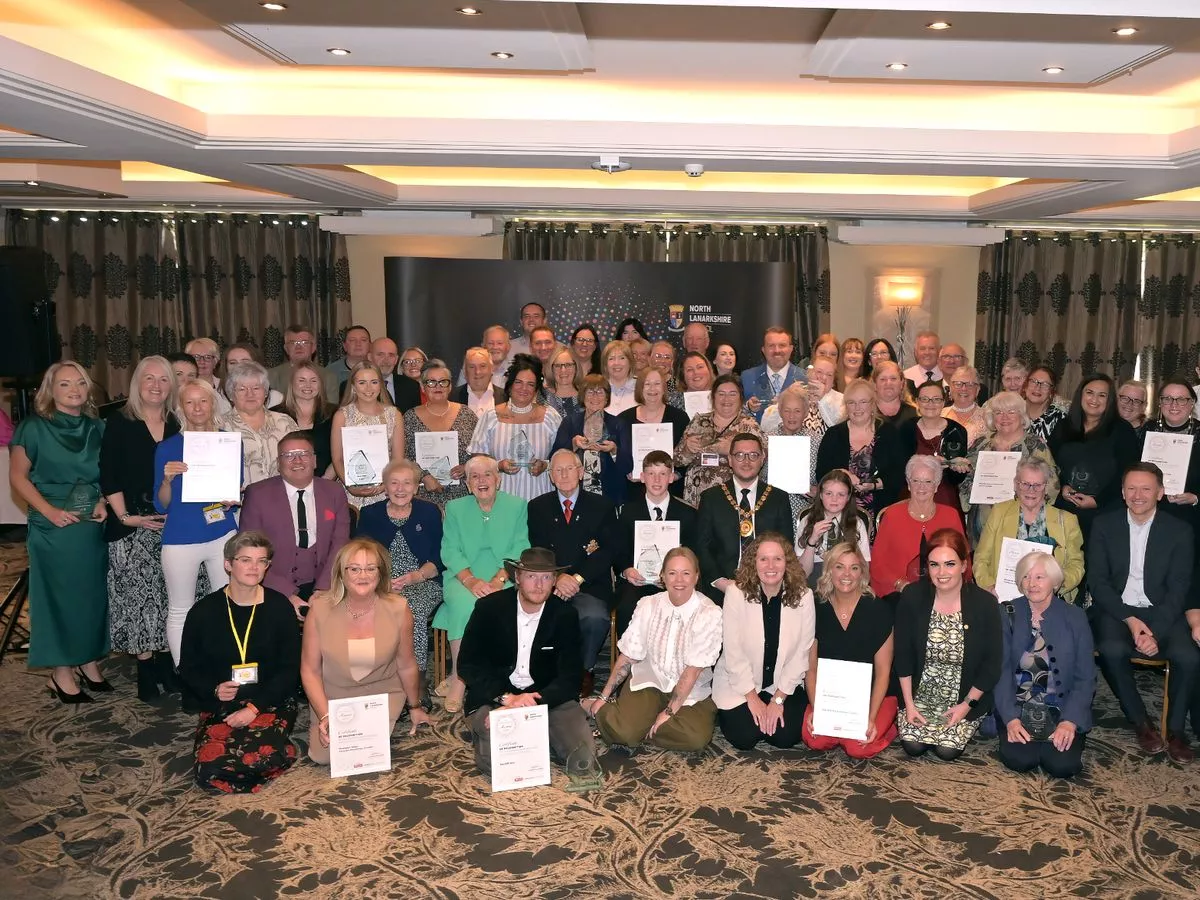
THE BOOK CLUB FOR TROUBLESOME WOMEN. By Marie Bostwick. Harper Muse. 384 pages. $18.99.
In her 18th novel, bestselling author Marie Bostwick gifts readers an illuminating tale of good troublemaking, liberation, humor, humanity and the transformative power of books. “The Book Club for Troublesome Women” unfolds against the backdrop of 1960s second-wave feminism, delving into the complexities of a pivotal time in American history as friendships form, new ambitions blossom and women uplift one another through the communal act of reading.
History is an inherited education for the modern-day feminist, and Bostwick’s novel serves as an enlightening look into the initial reception of revolutionary writings and rumblings for social change which inspired multiple generations. Bostwick’s engrossing narrative delves into the history and sisterhood of women of the 1960s, using fictional characters to masterfully voice real experiences with renewed relevance.
Brought together by Betty Friedan’s “The Feminine Mystique,” Bostwick’s book club, nicknamed the Bettys, is motivated to read a host of boundary-pushing books, including “A Room of One’s Own” by Virginia Woolf and “Herland” by Charlotte Perkins Gilman. The discoveries and representation they find in their readings and discussions inspire them to challenge patriarchal structures and counter restrictive boundaries in their lives.
Protagonists Margaret Ryan, Charlotte Gustafson, Viv Buschetti, and Bitsy Cobb each face their own unhappiness in their home and work lives, finding opportunity at last to discuss their tribulations within the safety of their book club. Collectively, the Bettys contend with condescending husbands, sexist bosses and a plethora of societal limitations meant to curtail ambitions and restrict autonomy. Despite these barriers, and emboldened by their literary comradery, they learn to push for new horizons, inspiring each other and those around them to think critically about freedom, contentment and gender roles.
Margaret’s rare opportunity to write for “A Woman’s Place” magazine critiques the media’s role in public opinion. When she is forbidden to include progressive opinions in her columns, she questions her impact on her readers. While her intentions are lighthearted, she comes to realize how harmful her writings can be versus how revolutionary she aspires for them to be. Margaret’s dilemma serves as an important reflection on the role of art in society and the ways in which inequalities are normalized.
The loveless marriage of Margaret’s new neighbor Charlotte mirrors the unhappiness of many trapped in relationships without the resources to live independently. A would-be artist, Charlotte can make no inroads in the art world but remains grounded by her friendships. During a time when women were vilified for living outside of societal norms, Charlotte embodies a yearning for autonomy and control of her own creative and financial wellbeing.
Largely unfulfilled by monotonous homemaking, former military nurse Viv longs for the excitement of her past. A part-time job offers her a glimpse into a larger life, while also opening her eyes to the disparities of the white feminist movement as she helps a diverse array of patients. Viv reflects on the marginalized voices often left out of revolutionary movements, serving as a fierce vision of a working woman, conflicted by her devotion to caregiving and craving for impactful purpose beyond her homelife as well.
Newlywed Bitsy abandoned her dreams of vet school to start a family, but married life is not what she imagined. Frustrated by her difficulty having children, and her husband’s harsh lack of respect, Bitsy serves as a model of the sacrifices young women often make for security and family. Her growing confidence throughout the novel becomes striking encouragement for women to carve their own path within systems of oppression.
In each of her character arcs — including those of younger characters from the next generation — Bostwick shares how candid, confessional conversations inspired by book discussions lead her memorable cast to see what is truly possible for each of them, if only they can believe in themselves and uplift one another.
At a time when some are determined to return to the restrictive norms of the past, Bostwick’s novel is an essential endorsement of reading rebelliously and gathering in community to invoke impactful dialogues of reflection and aspiration. Every movement starts somewhere. As Bostwick wisely states, “The book didn’t solve the problem. But it did put a name to it, shining a light that helped women who felt isolated and powerless find one another. That has been the start of every revolution.”
“The Book Club for Troublesome Women” is a hopeful vision of how a revolution began in revelatory reading, a reminder of just how powerful communities of readers can become, and a call to action to find, trust and support those with whom you can share your truest self: “Be on the lookout for two or three like-minded souls who’ll take you as you are and stand by you no matter what. Acquaintances abound, but true friendships are rare and worth waiting for.”



